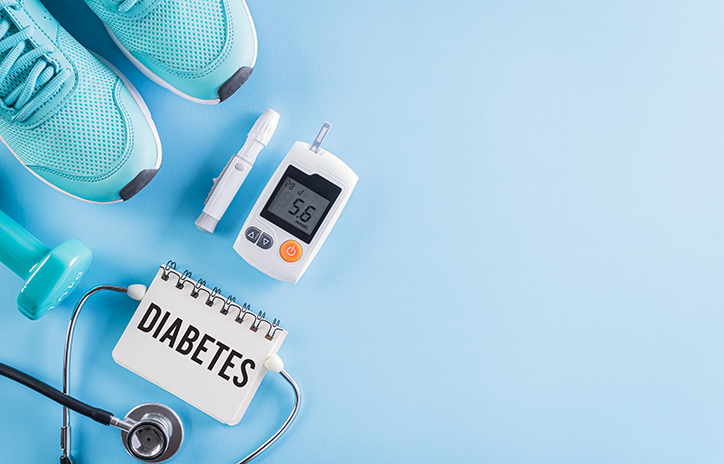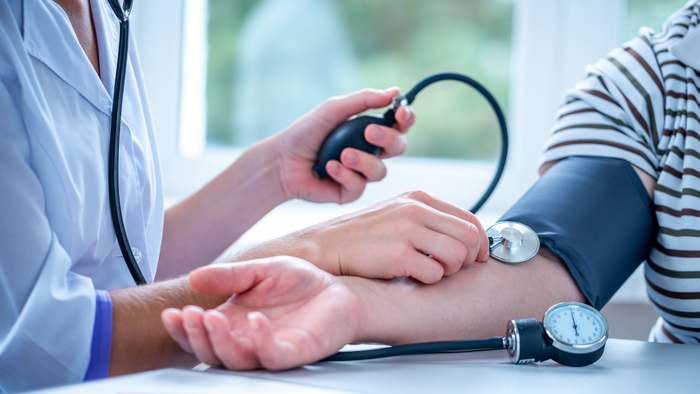Type 2 diabetes is a lifelong disease that happens when the cells of the body can’t use insulin the right way or when the pancreas can’t make enough insulin. Insulin lets blood sugar—also called glucose—enter the body’s cells to be used for energy. When insulin is not able to do its job, the cells can’t get the sugar they need, and too much sugar builds up in the blood. Over time, this extra sugar in the blood can damage your eyes, heart, blood vessels, nerves, and kidneys.
More and more adults and children are getting type 2 diabetes. This is largely because of bad eating habits and a lack of physical activity. It is important to know if you or your children are at risk for type 2 diabetes and to know what you can do to help prevent the disease.
What causes type 2 diabetes?
You can get type 2 diabetes if:
- Your body does not respond as it should to insulin. This makes it hard for your cells to get sugar from the blood for energy. This is called insulin resistance.
- Your pancreas does not make enough insulin.
Your weight, how active you are, and your family history all affect the way your body responds to insulin. If you are overweight, get little or no exercise, or have family members with diabetes, you have a greater chance of getting type 2 diabetes.
Symptoms
Some people don’t have symptoms, especially when diabetes is diagnosed early. This is because the blood sugar level may rise so slowly that a person may not know that anything is wrong. Other people may have symptoms, such as:
- Being very thirsty.
- Urinating a lot.
- Losing weight without trying.
- Having blurry vision.
- Feeling hungrier or more tired than usual.
Sometimes a person finds out that he or she has type 2 diabetes during a regular medical checkup. Or people may find out that they have the disease during an appointment for another health problem such as high blood pressure, an infection, or a wound that heals slowly. Some people don’t find out that they have diabetes until they have a complication from the disease, such as vision problems, kidney disease, nerve disease, or heart and blood vessel problems.
How is type 2 diabetes diagnosed?
If your doctor thinks that you have type 2 diabetes, he or she will ask you questions about your medical history, do a physical exam, and order a blood glucose test. A blood glucose test is a blood test that measures the amount of sugar in your blood. The test is usually done first thing in the morning, before you eat or drink anything.
How is it treated?
The key to treating type 2 diabetes is controlling blood sugar levels. All of the following help to lower blood sugar:
- Eating healthy foods
- Losing weight, if you are overweight
- Getting regular exercise
- In some cases, taking medicines
Treatment for diabetes also includes checking blood sugar levels to make sure that the disease is under control. It is important to watch for signs of high and low blood sugar. Both can cause problems and need to be treated.
People with diabetes need regular checkups to make sure that the treatment is working and that they do not get more serious health problems.
Can type 2 diabetes be prevented?
If you are at risk for type 2 diabetes or if you have prediabetes, you may prevent diabetes by getting regular exercise and paying attention to what and how much you eat. If you are overweight, losing a little weight (10 to 20 pounds) can go a long way toward preventing or delaying the disease.



